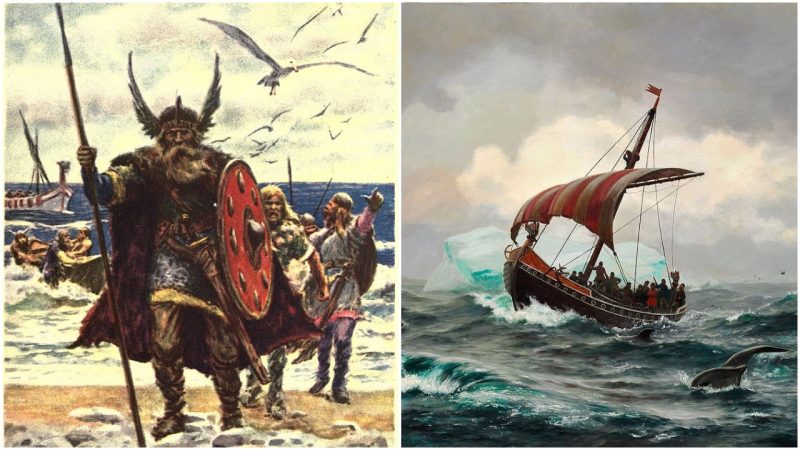It is estimated that the possible Norse colonization of North America began as early as the 10th century. Growing evidence provided by numerous archeologists shows that the Vikings did manage to explore a big portion of the northern part of North America long before any other Europeans.
The Vikings have long been well known for their advanced seafaring skills, and these were only further demonstrated by the finding of the first Viking houses at L’Anse aux Meadows near the northern tip of Newfoundland in 1961. This discovery triggered new archaeological explorations that provided more evidence of the Vikings presence in the North Atlantic.
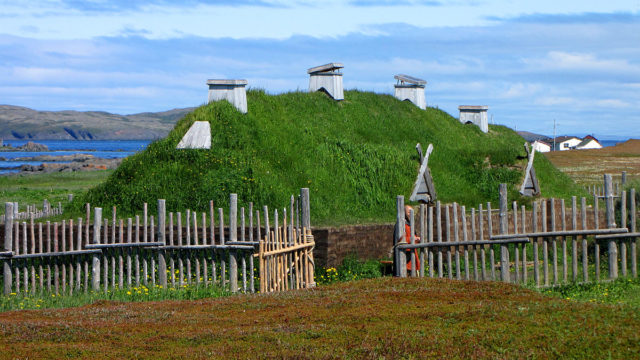
Newly discovered ruins of a Viking village near the Hudson River add to the story and even question where the borders of the mysterious Vinland.
Norse Greenland
To better understand the voyages of the Vikings outside the European continent, we must first examine Norse Greenland, and the Viking colonies there, which are believed to have lasted for almost five centuries.
According to the Sagas of Icelanders, Icelandic literary sagas based on real historical events, it was Erik the Red to first arrive in Greenland. After being banished from Iceland for manslaughter, he set out on a voyage to explore the uninhabited southwestern coast of Greenland. To attract potential colonists to join him on the voyage, he picked the name Greenland, saying “that people would be eager to go there because the land had a good name.”
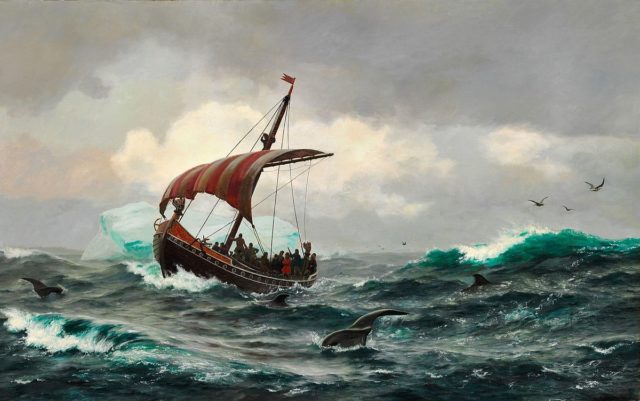
In reality, the conditions to live in Greenland would have been fairly harsh even for Erik the Red and his followers. Other theories also suggest that most probably groups of Vikings have traveled to North America to collect timber and other resources. Such voyages are likely to have been going on for quite some period of time, but the evidence of major Norse settlements on the mainland of North America is still very poor.
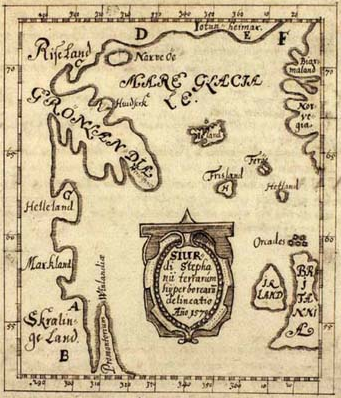
On a further note, there is nothing to indicate that the Sagas of Icelanders are not true, but most certainly they fail to provide complete accuracy of the events, and they are regarded more as works of literature than as historical ones.
Further readings of the Icelandic sagas suggest that the Norse kept on exploring the lands further west only a few years after their arrival and their first settlements in Greenland. Bjarni Herjólfsson is to be the name of the first Norse-Icelandic explorer who had managed to reach the mainlands of the Americas. On a 985 AD journey from Iceland to Greenland, his ship was taken off course, and he sighted land west of the fleet. He told about his discovery to his compatriot, Leif Erikson, who went on to explore the area and eventually made the first settlement a decade and a half afterward.
The sagas relate to three distinct realms which were discovered during these explorations. The first realm is called Helluland, or “The Land of Flat Stones”; the second, “The Land of Forests”, and Vinland, “The Land of Wine”, which was said to be situated somewhere south of Markland – part of the Labrador coast of Canada.
The Vinland was a realm lush with greenery, including forests and grapevines. Climate and vegetation in this particular region may have decreased significantly during the Little Ice Age, which occurred from the 14th to the 19th century, well after the sagas were written.
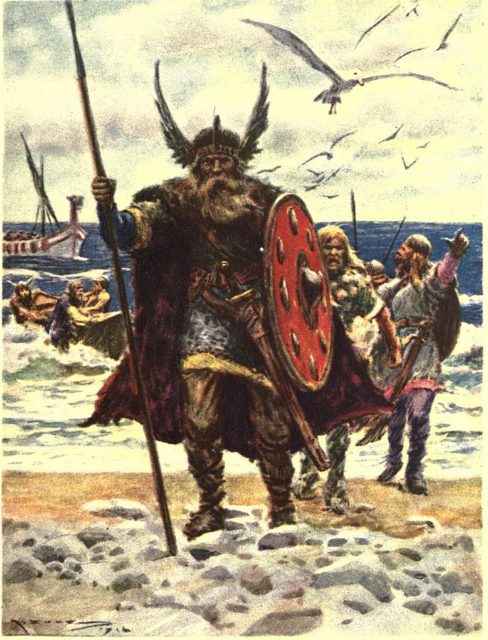
The stories tell of settlements founded in Vinland, and some of the narratives also read that three of the Erik the Red’s children returned to visit the region throughout their lifetimes. The question remains as to how far they got.
There are newly discovered ruins of Viking settlement near the Hudson river
Recent excavations near the Hudson River revealed remains of a Norse village dating from the same period of the Norse exploration to the west, dating the 9th or 10th century AD. The site was discovered near the shores of Minisceongo Creek when workers digging in the area came across ruins of an ancient building.
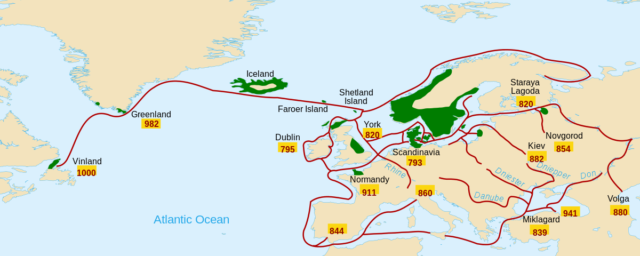
Archaeologists from Columbia University were first to arrive on site and inspect the site, and their first findings indicate that the site is a possible Viking settlement. Further excavation led to the discovery of six other buildings. Based on the artifacts, two of the buildings most probably served as workshops for forging weapons and carpentry. Estimates suggest that the village was home to 30 to 100 people, but was lived in for only a very short period of time.
“Many clues discovered on the site suggest that the Vikings could have come into conflict with the indigenous people of the region. Besides the skeletons that were found, who were most likely killed in combat, the numerous remains of native American weapons found on the site suggest the colony suffered a large-scale attack by indigenous warriors,” also writes The World News Daily Report.
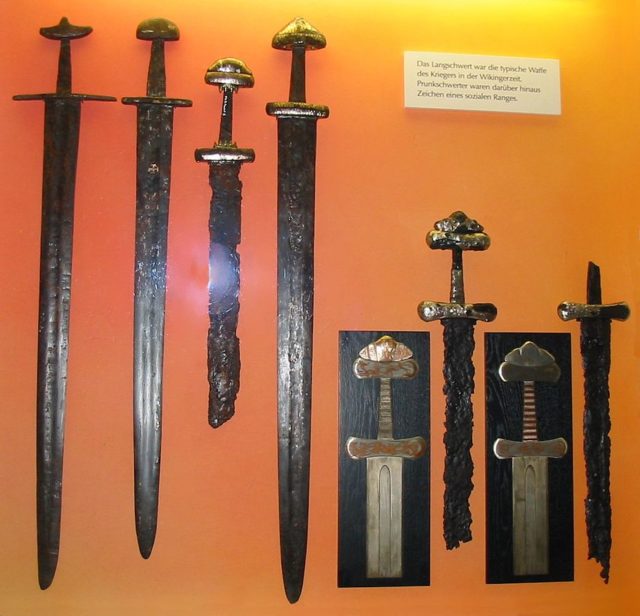
All of this has led archaeologists to believe that the Hudson settlement could have really been part of Vinland.
Corroborating legend, when the first Europeans arrived to settle in the Hudson Valley, they reported the presence of wild grapes across the region.
